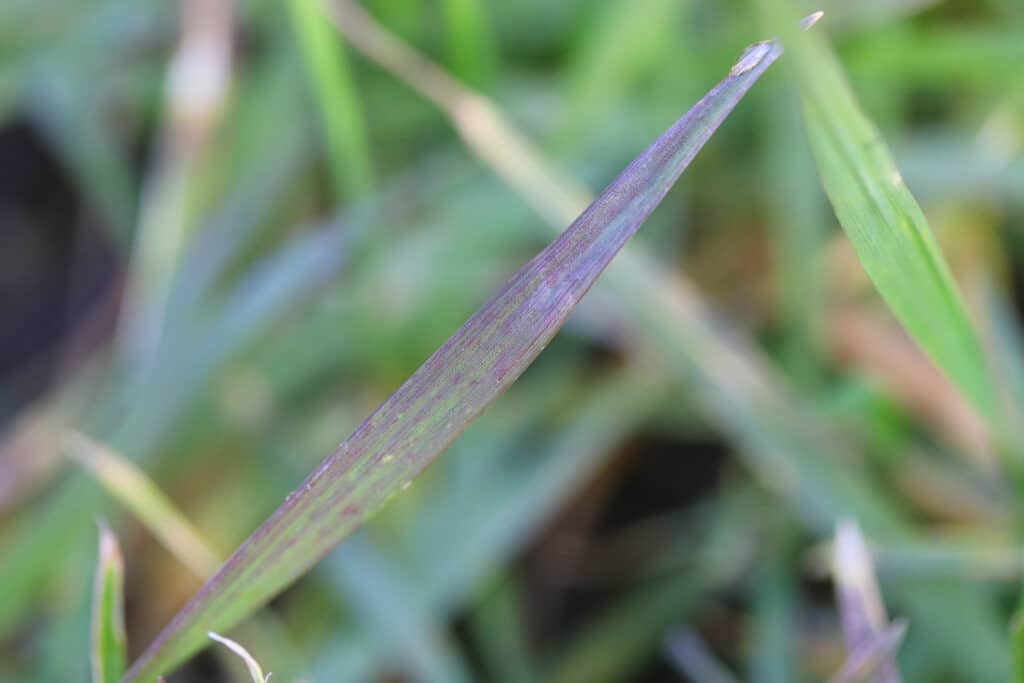How to make the most of phosphate fertilisers this Autumn
Tim Kerr, Hutchinsons Head of Nutrition, shares key strategies for managing phosphate this autumn ...
Tim Kerr, Hutchinsons Head of Nutrition, shares key strategies for managing phosphate this autumn as many growers will be looking at the price and asking if it is possible to get away without applying any.
Mr Kerr points out the index or maintenance system employed in RB209 has long shown that there are positive economic benefits to applying phosphate if the index is below 2.
“This is still the case at today’s price levels; at index 2 the maintenance system recommends that you replace the P removed by the crop, above index 2 for most crops, it is possible to “take a phosphate holiday”.
However, it is important to be aware of how phosphate behaves in the soil so we can use it and manage it as effectively as possible, he notes.
“It is widely recognised that phosphate availability in the soil is dependent on factors such as soil pH and temperature. Availability of P can reduce by half if the pH falls from 6.5 to 5.5. An effective liming policy will avoid the pitfall of nutrients being in the soil but not being accessible by the crop in the ground.”
“As soil temperatures drop, so does the relative availability of phosphate – as much as 80% of the soil P is rendered unavailable once the soil drops below 10° C. So, it is easy to see that even though a soil test may show an index 2 for phosphate, the amount available can be compromised in certain conditions.”
He explains phosphate is a limpet-like stubborn nutrient holding on tight to the soil and refusing to move very far at all. “It relies on the roots searching it out and then it still needs the roots to convert it into soluble P by secreting organic acids. The soil test aims to reflect this – providing a good estimate of what a crop can extract from the soil, however the soil reserves in the rhizosphere can soon be depleted by root uptake.”
To increase the efficiency of the phosphate applied, Mr Kerr recommends placing phosphate near the seed, as this allows for an increase in the amount of available nutrient without having to build the soil reserves.
“This is a particularly effective way of utilising a nutrient that is both costly and complex to manage- and is especially true as the soil temperature falls through the autumn.
“Using microgranular forms of phosphate further improve the efficiency of the fertiliser, as this increases the area of contact between the soil, the roots and the phosphate.”
He notes “expensive” phosphate fertilisers are not the only way of adding P to the soil. “Some organic manures can supply valuable levels of P, and there are really useful recycled products that help to bolster the exchangeable phosphate in the soil, the fraction that the roots can convert into utilisable P.”
Top tips for improving phosphate use this autumn
- Start with the basics – ensure you regularly test the soil – including pH – and try to maintain soil pH around 6.5-7
- Use manures and recycled sources of phosphate to build the levels of exchangeable P in the soil
- Place P near the seed to improve the efficiency of the applied phosphate
- Use microgranular fertilisers to further increase the impact of the phosphate.
